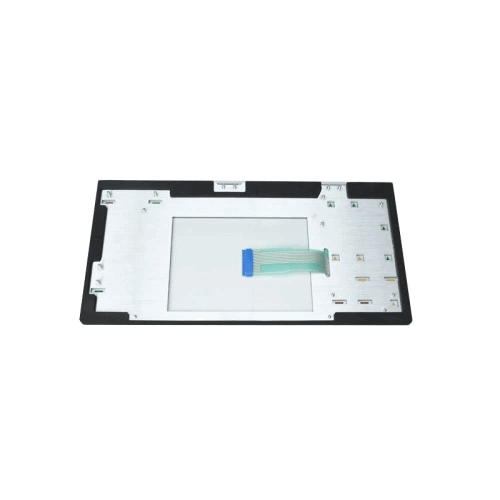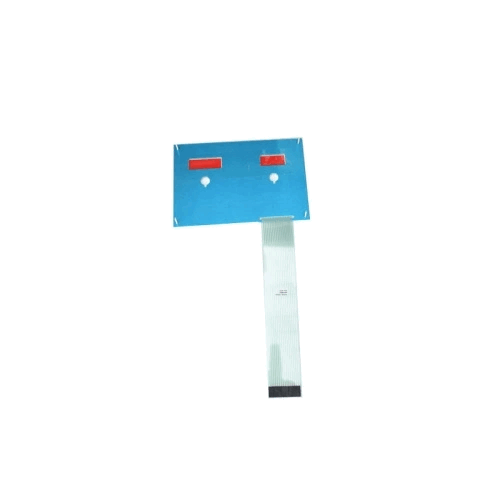

When it comes to keyboards, there are various options available, each with its own unique features and advantages. One popular choice is the Membrane Keyboard, known for its quiet operation and comfortable typing experience. In this article, we will delve into the world of membrane keyboards to understand their design, functionality, and why they are often considered as a quieter alternative to other Keyboard types.
A membrane keyboard consists of a flexible, thin, and pressure-sensitive membrane layer placed over a circuit board. The keyboard's keys are composed of soft rubber or silicone domes, which rest on top of the membrane layer. When a key is pressed, it pushes down on the membrane, making contact with the circuit board beneath. This completes an electrical circuit and sends a signal to the computer, registering the keystroke.

The Silent Advantage
One of the notable features of membrane keyboards is their quiet operation. Unlike mechanical keyboards, which use individual switches for each key and can produce audible clicking or clacking sounds, membrane keyboards generate minimal noise. The soft rubber or silicone domes used in membrane keyboards dampen the sound of key presses, resulting in a quieter typing experience. This makes them particularly appealing in settings where noise reduction is desired, such as offices, libraries, or shared workspaces.It is important to note that not all membrane keyboards offer the same typing experience. Some membrane keyboards have a mushy or spongy feel, which can affect the tactile feedback and overall typing comfort. However, advancements in technology have led to the development of improved membrane keyboards with enhanced tactile feedback, offering a more responsive and satisfying typing experience without compromising on the quietness.

Tel: 86-0769-83939816
Mobile Phone: +8618929158127
Address: Keda Film Technology Company, Dongguan, Guangdong
Website: https://www.kedamembrane.com/
Mail: zhangjianfei@dgkdmembrane.com

